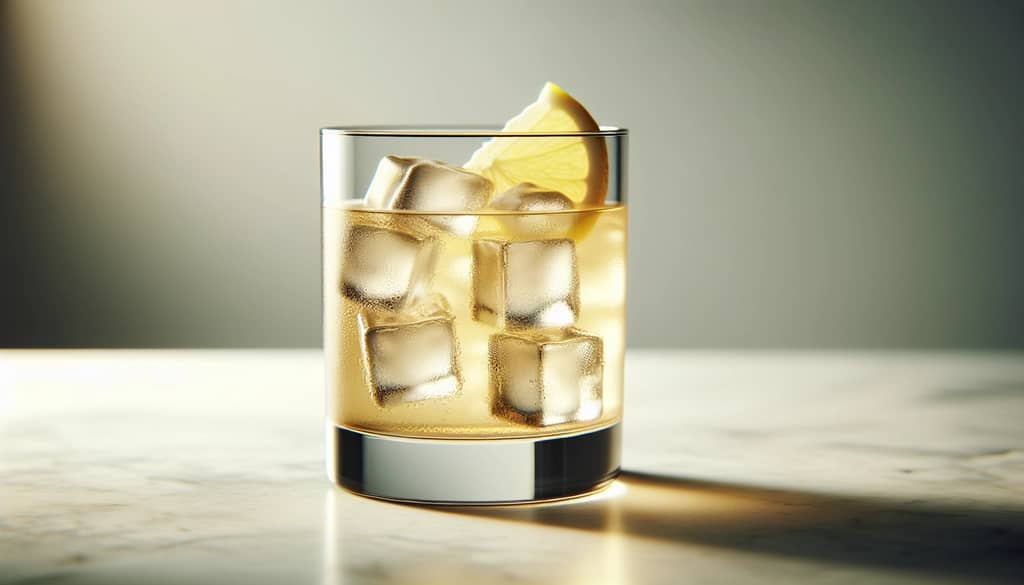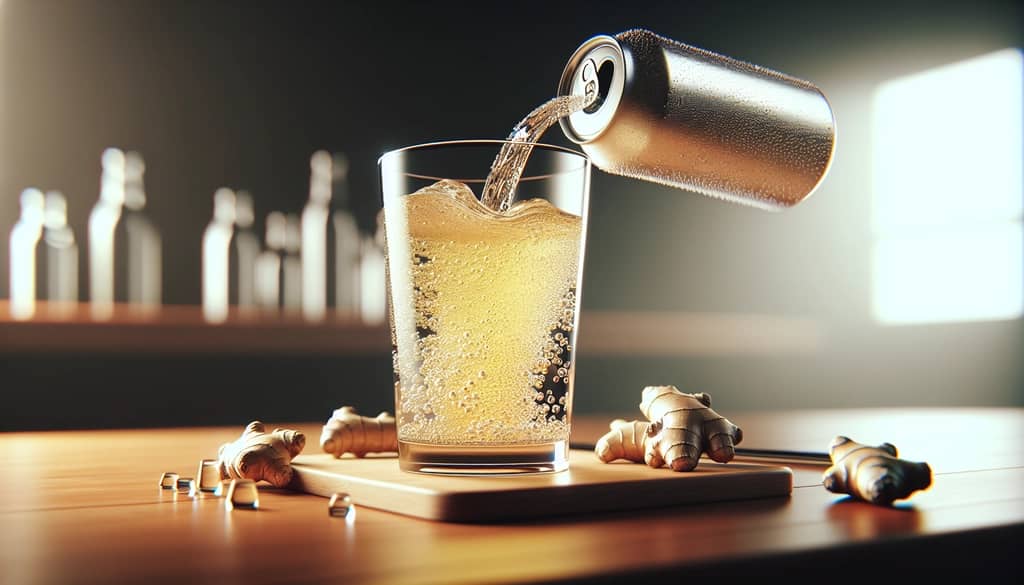Updated on: 6/3/2025
How is Ginger Ale Made?

Ginger ale has earned its place both as a refreshing soft drink and a staple mixer behind the bar. Its appeal comes from a gentle heat, zesty aroma, and the tingle of carbonation. But how does raw ginger root get transformed into the crisp, bubbly drink found on store shelves? The production methods for ginger ale can differ dramatically, ranging from traditional fermentation to large-scale commercial manufacture.
Traditional Fermented Ginger Ale
Classic ginger ale recipes rely on fermentation—a natural process that uses ginger, sugar, and water to create both flavor and bubbles. The result is a homemade drink with complexity, a hint of spice, and subtle sweetness. Here’s a breakdown of how the original method works:
- Grate fresh ginger root to release aromatic compounds and natural enzymes.
- Combine the ginger with sugar and water to form a base.
- Optional: Add lemon juice for extra brightness or a pinch of yeast to help kick-start fermentation.
- Seal the mixture in a bottle or jar and let it ferment at room temperature for up to 48 hours.
- As the yeast feeds on sugar, it produces natural carbonation and a trace amount of alcohol (usually less than 1%).
- Once fizzy, refrigerate to stop fermentation. Strain and pour over ice for a classic, spicy-sweet ginger ale.
Modern Commercial Ginger Ale Production
Most of the ginger ale found in cans or bottles today is made quite differently from the traditional homebrew. Large manufacturers often skip fermentation for consistency, using carbonated water and flavorings for mass production. Here’s what modern ginger ale usually involves:
- Mix carbonated water with sweeteners (often high-fructose corn syrup or cane sugar).
- Add ginger flavoring, which may be from real ginger extract, natural flavors, or artificial aroma compounds.
- Incorporate citric acid or other acids to balance sweetness and brighten the taste.
- Filter the mixture for clarity and batch consistency.
- Bottle or can the finished ginger ale under pressure to retain carbonation.

Key Ingredients for Homemade Ginger Ale
- Fresh ginger root (for spicy, authentic flavor)
- Cane sugar or another fermentable sugar
- Water (filtered, if possible)
- Lemon juice (optional, for extra zing)
- Baker’s yeast (very small amount, activates fermentation)
This variant delivers real ginger character and some natural fizz, unlike commercial sodas that rely on flavorings and forced carbonation.
Flavor and Health Notes
Traditional ginger ale preserves more of ginger’s warming compounds—such as gingerol and shogaol—which are partly responsible for both its signature kick and digestive benefits. Commercial brands typically aim for a milder, more universally sweet profile, with less heat and bitterness. For those who prefer robust, real-ginger flavor, homemade versions stand out; but if consistency and shelf life are priorities, packaged ginger ale delivers convenience.